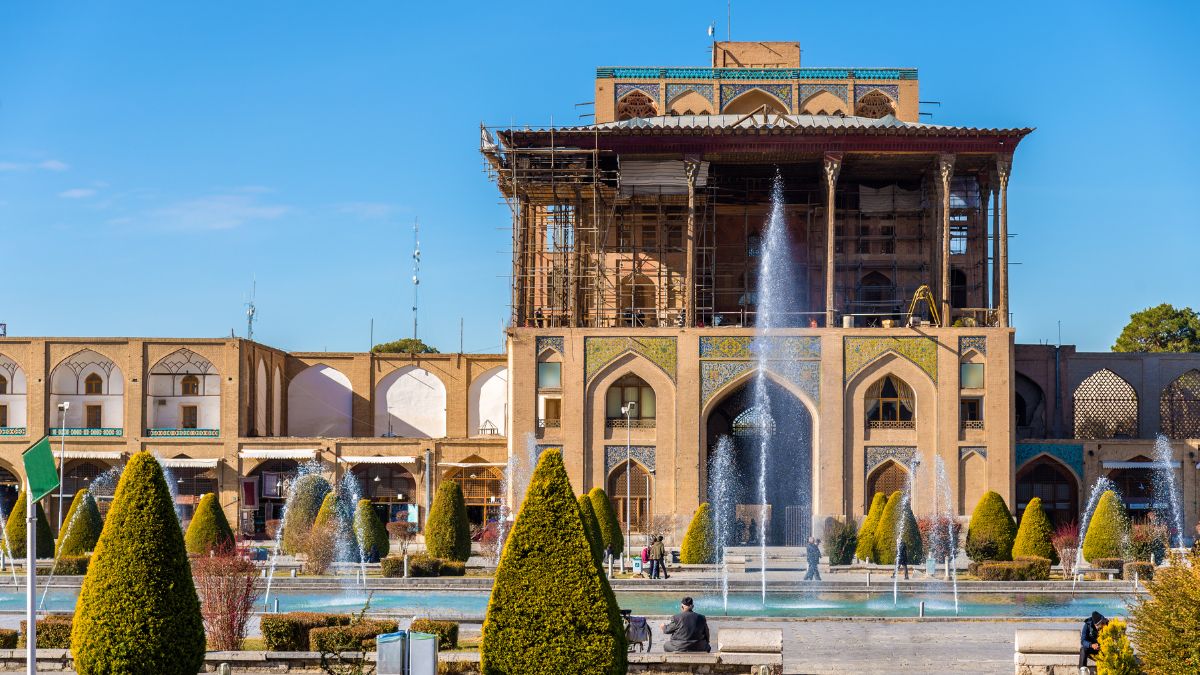Kalidasa (Classical Sanskrit Literature)
Kalidasa (Classical Sanskrit Literature)
The Safavid Empire in Persia: Shia Islam and Art

The Safavid Empire in Persia: Shia Islam and Art
In the tapestry of history, where empires rise and fall, leaving behind echoes of their glory, the Safavid Empire in Persia stands out as a beacon of cultural and religious revolution. It was not just an empire but a crucible of transformation, where Shia Islam was not only embraced but also flourished, intertwining deeply with the very soul of Persia. The Safavid era, spanning from the early 16th to the 18th century, was a period of astonishing artistry and fervent religious identity, a time when Persia was reborn, its identity irrevocably changed.
Imagine walking through the bustling streets of Isfahan, the capital of the Safavid Empire, where the air is thick with the scent of spices and the sound of artisans at work. The city, often referred to as ‘Half the World,’ was a marvel of its time, a place where the Safavids turned their bold dreams into stone and tile, leaving a legacy that would awe the world for centuries. The grandeur of Isfahan, with its majestic mosques and palaces, was a testament to the Safavids’ profound appreciation for beauty and their desire to create a heaven on earth that mirrored their spiritual beliefs.
At the heart of this transformation was the Safavids’ commitment to Shia Islam, which became the state religion, distinguishing Persia in a region predominantly Sunni. This was not merely a political move; it was a profound declaration of identity, a redefining of the nation’s soul. The Safavids championed Shia Islam with such zeal that it became woven into the very fabric of Persian society, shaping its values, laws, and traditions. It was a bold assertion of independence, a spiritual renaissance that drew a line in the sand against the Ottoman and Mughal empires.
But the Safavid Empire’s influence was not confined to the realm of religion alone; it was equally a golden age for Persian art and architecture. The Safavids had an insatiable appetite for beauty, which manifested in their patronage of the arts. Persian carpets, renowned for their intricate designs and vibrant colors, became sought after across the world, each rug a whisper of Persian folklore and craftsmanship. Miniature painting reached new heights, with artists like Reza Abbasi breathing life into scenes of courtly love and epic battles, their works a delicate dance of color and emotion.
The mosques of the Safavid Empire, with their dazzling domes and exquisite tile work, were not just places of worship but also symbols of the divine. The Sheikh Lotfollah and the Shah Mosque in Isfahan, with their soaring arches and intricate mosaics, stand as monuments to the Safavids’ vision, a blend of architectural genius and spiritual longing. These structures were a bold declaration of faith and an invitation to the divine, a place where heaven and earth seemed to meet.
The legacy of the Safavid Empire is a testament to the power of art and faith to transform a society. It was an era that saw Persia reborn, its identity forged in the fires of religious fervor and artistic innovation. The Safavids showed the world that an empire could be both a cradle of spirituality and a beacon of beauty, leaving behind a legacy that continues to awe and inspire. In the grand narrative of history, the Safavid Empire stands as a reminder of the transformative power of belief and the enduring allure of art, a dazzling jewel in the crown of civilization.